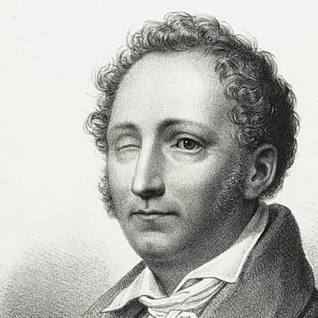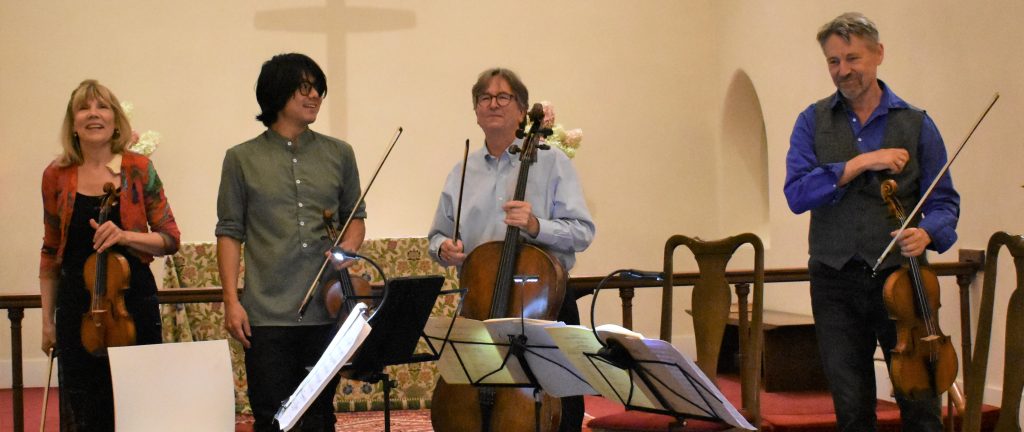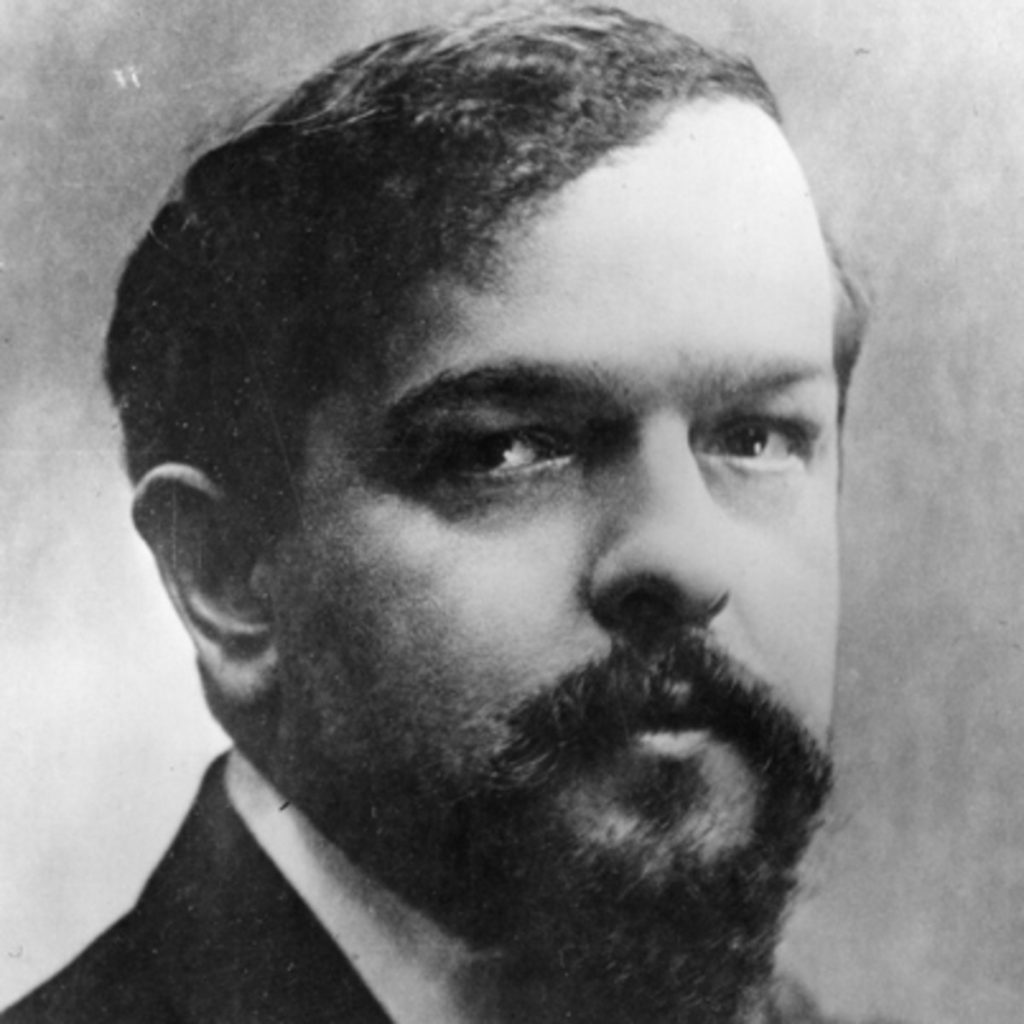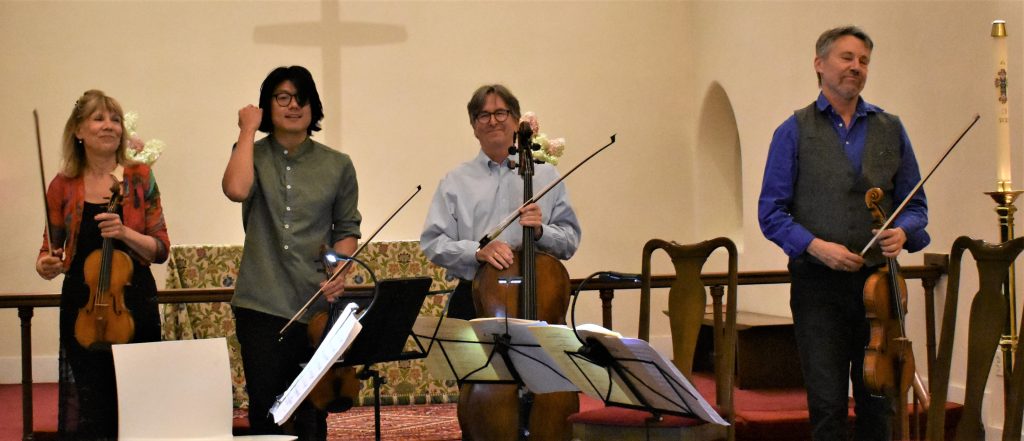
by Kevin T McEneaney
The marvelous aspect of the Sherman Chamber Ensemble remains the way they transform themselves into various varieties of butterflies over a flowering meadow. First up was a short George Gershwin piece that is rarely played. ‘Lullaby’ for string quartet composed when George Gershwin was a student became his first serious effort. He played it on occasion at small private parties, yet its first public performance was by the Juilliard String Quartet in 1967. The piece has circular motifs as in a lullaby, yet it is not a lullaby. It is an interesting work that experiments with high-pitched harmonies with rising and falling dynamics, achieving an ethereal mood of strings ascending to the heavens. The bass line is the amusingly ironic cello, here played with suave mastery and humor by Eliot Bailen. The theme of cyclic motifs brackets the concert program. Gershwin reused the principal melody in his opera Blue Monday, which is likely why the piece remained in private repertoire.

Quintet in A Major, Op. 51 by Friedrich Kulau (1786-1832), a German-born friend and often tippler with Ludwig von Beethoven, a wonderful pianist of humble origin with the handicap of seeing with only one eye, having fallen on ice, and losing an eye at the age of six. When Napoleon conquered Vienna, Beethoven fled to the basement of his brother’s house (about fifteen miles outside of Vienna) and never climbed up the basement stairs for six months for fear Napoleon would ask him to play and his refusal would result in his execution. Frederich fled to Denmark where he introduced Beethoven’s work and composed hundreds of works, yet only two hundred works survive, due to his home burning down the year before his death. His works straddle the classical and early Romantic sensibility. This quintet is an unusual virtuoso tour-de-force that opens with a fierce tempest, the flute being a fierce night wind threatening to level a village. Susan Rotholz on flute played a waterfall of wailing notes with shocking energy and magical breathing techniques. Elizabeth Perry on first violin amplified the mighty drama. The second movement Scherzo featured Richard Wolfe’s viola making queries like “is everyone okay?” The third movement Adagio featured Romantic pastoral, a landscape of harmonious beauty where all the instruments rejoiced in harmonic melodies. The concluding Vivace offered a joyful sunset, picturesque and comforting with the conviction that the coming night would supply restful sleep. This performance was a rare treat!

Lyric for Strings by George Walker (1922-2018) was a short yet unusual subtly-nuanced spiritual that delivered a feeling of religious redemption; this viscerally transcendent work was an invitation to enter a world beyond the senses. Dori Na excelled on second viola with tender, swelling high-pitched notes.

String Quartet in C Minor, Op. 10 (1893) by Claude Debussy provided sumptuous harmonies in five striking movements. The lyrical dynamics of the first, third, and fifth movements were dominated by Elizabeth Perry’s first violin soaring with plangent emotion in so many directions that I was dizzy with delight. Like the opening piece, this anti-Wagnerian masterpiece recycles fragments of melodies with new harmonies, creating something like a three-dimensional jig-saw puzzle floating in a current of sober intoxication. The second movement opens with playful pizzicato as if this complex composition were but a child’s game. The sonorous quality of the third movement with its light figuration delivers such tender emotion that one may feel it is taboo to hear. The fourth more-earthy movement snaps one back into reality with Bailen’s cello providing a sensible foundation for the vagaries of life. The fifth movement approaches the pathos of those fabled Sirens luring one into a world of music where passion predominates in a luxurious extinction! Yes, Debussy is a transcendental painter of sound! The crowd at St. Andrews Church in Kent leapt for a very long-ecstatic ovation. We stood at the portals of the music of the spheres!
